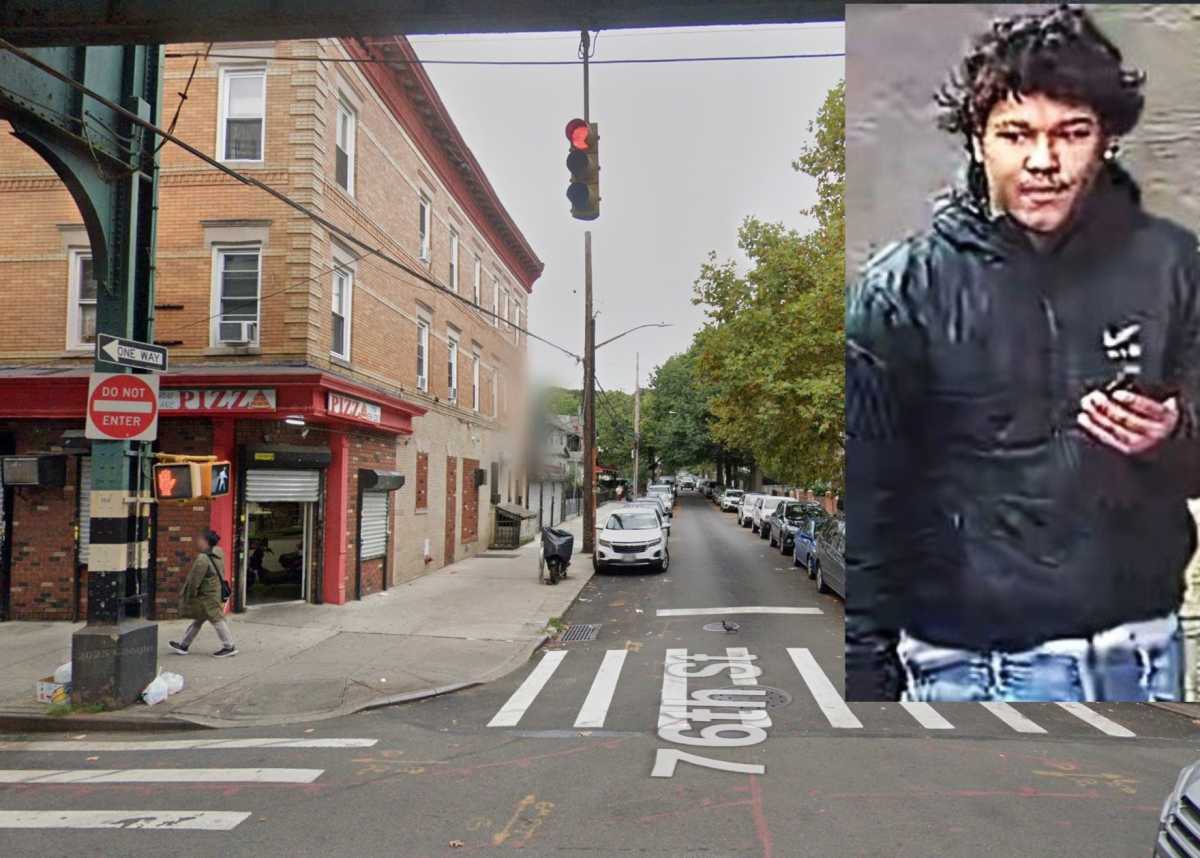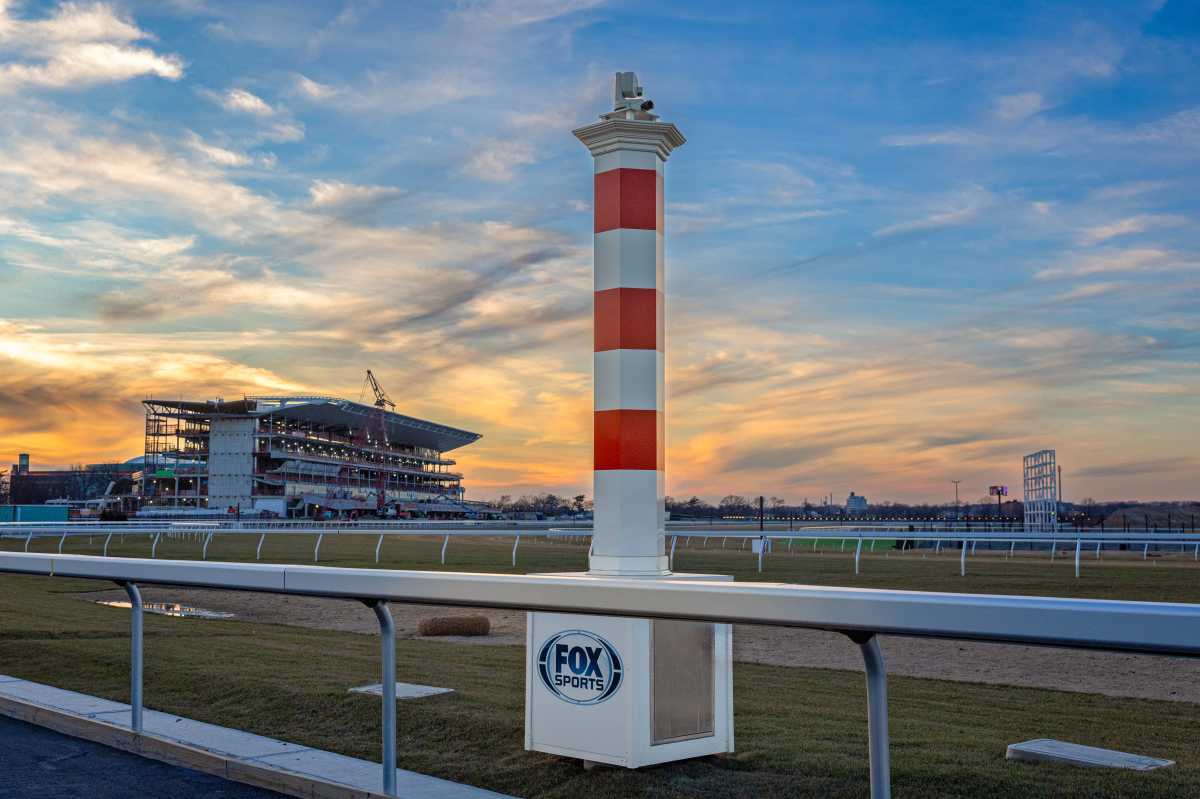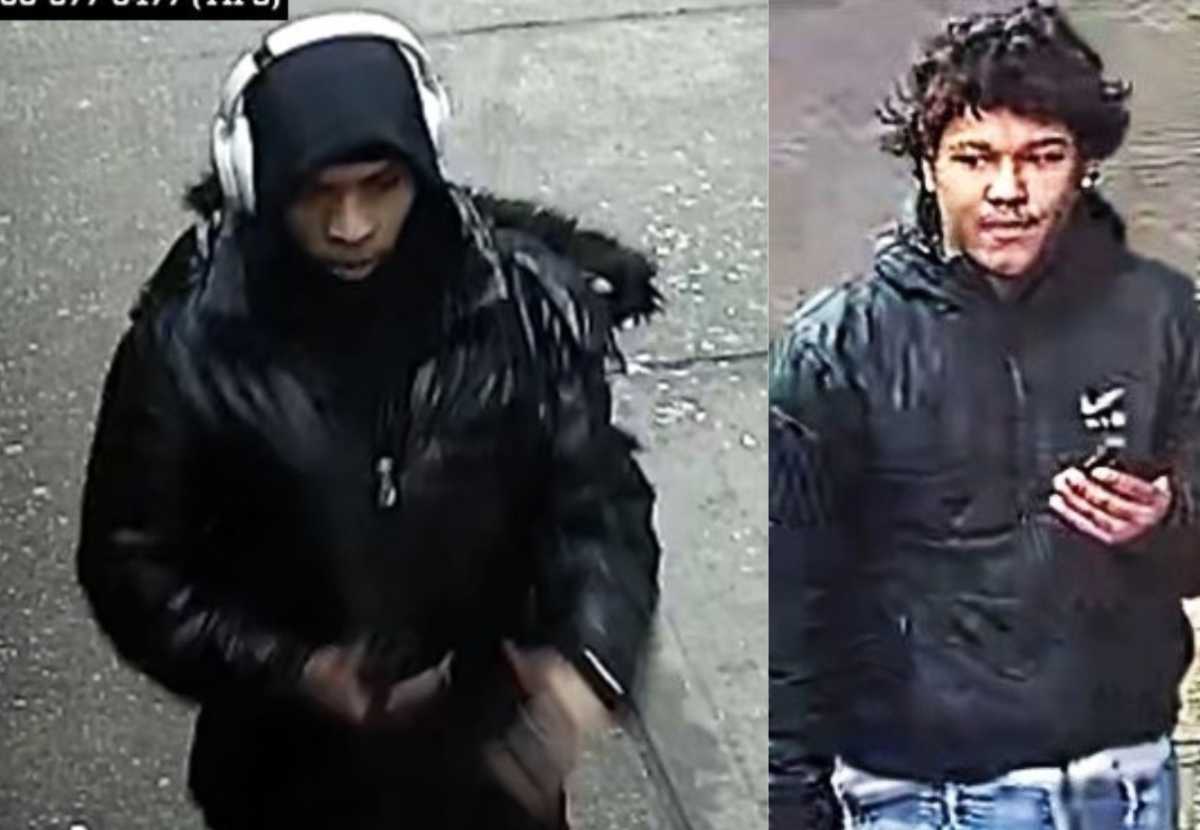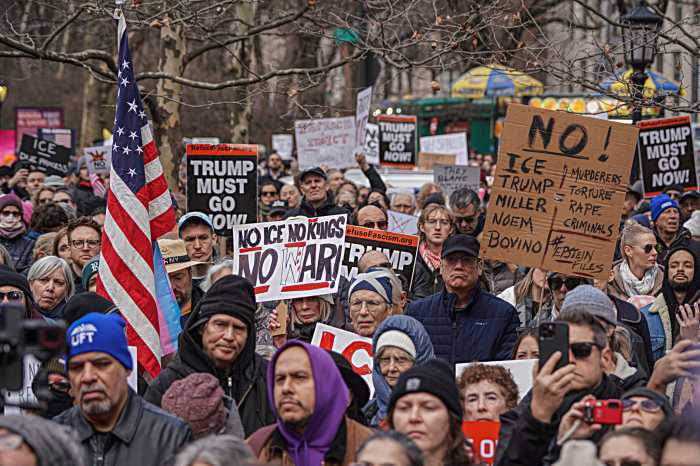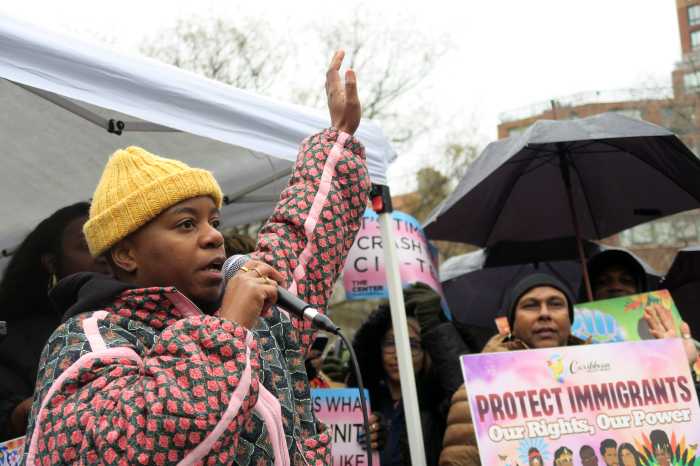You might still have a chance to get rid of that gas-guzzler – if the government decides to funnel more funds into the popular “Cash for Clunkers” program.
As part of President Barack Obama’s goal to reduce car emissions and stimulate car sales, the federal government approved legislation on June 24 to incentivize the American public to trade in their “clunker” that is a car that gets under 18 miles-per- gallon and is still under 25 years old for a voucher worth between $3,500 and $4,500.
But now the “Cash for Clunkers” program – that officially went into effect on July 1 but did not build up steam until July 24 with the publication of the regulations and the set-up of the computer tracking systems – has almost run out of money.
The program became so popular that the $1 billion Congress had allotted for the trade-in of about 250,000 cars began to run out within days. The White House has asked the Senate to approve $2 billion more. The incentive program was to run from July 1 until November 1, or until the funds had been exhausted.
“We have gotten information from dealers in Queens and around New York and they say that the floor traffic has been incredible,” said Mark Schienberg, president of the Greater New York Automobile Dealers Association (GNYADA). “It has been doing what the incentive was intended to do, get people to buy cars.”
Also known as the Consumer Assistance to Recycle and Save Act, or the Car Allowance Rebate System (CARS), the “Cash for Clunkers” program’s official web site, www.cars.gov, apparently crashed from the amount of online traffic.
“It’s a nightmare,” said Mary Ann DiBlasi, a dealer at DiBlasi Ford in Flushing. “It’s been very hard to get into the site. We haven’t been able to successfully register.”
For consumers, the web site conveys information that includes instructions on how to determine if a vehicle is eligible for trade-in, how to participate and how to determine if a dealer is participating. Dealers can use the site to register for certification to give the credit, to determine the eligibility of vehicle, to learn about disposal requirement – each clunker will be scrapped and then destroyed – and to see how much money the government has left.
“So far we haven’t been able to get approvals [for the credit] because the government keeps changing the difference in the eligible MPGs (mile per gallon) for the vehicles, which then changes the amount the customer gets back,” said DiBlasi, in reference to the spread between the MPGs of the old vehicle with the new vehicle the customer purchases. The higher the spread, the more likely the customer gets the $4,500 versus the $3,500 voucher. Pending certification and approvals, DiBlasi has been storing the clunkers on their lot.
“This makes it very difficult for us. I don’t think they thought through this process,” she said. “Customers come here and we can’t deliver. It makes them upset.”
Bruce Bendell, president of Major World in Long Island City, said that the process of waiting for the money can be a problem for smaller dealers but larger dealers like Major World have the financial position to await the approvals.
And though it also took dealers at Major World a few attempts to register on the CARS web site, they finally managed to do so. As a result, they’ve been busy selling.
“We definitely saw an increase in sales because of the program. Consumers were able to get their down payment with the credit from the government and the incentives from the manufacturers, that’s almost $9,000 all together from Chrysler,” said Bendell. “Hopefully the government will continue the incentive.”
Whether the government will continue the program has some dealers worried. Currently, consumers eligible for the clunkers for cash credit receive the voucher but the dealers must then wait for the government to pay them back, leaving many dealers concerned that they may be giving out more credits than the government can fund or than they can afford. However, in a statement Obama urged the Senate to pass legislation to keep “Cash for Clunkers” going.
“We saw this first in Germany and they renewed it quite a number of times,” said Schienberg, referring to what started in Germany as an incentive to clean up the environment, but then turned out to considerably stimulate their economy. After the German government’s original allotment of 1.5 billion Euros dwindled, they added an additional 5 billion Euros.
“Hopefully the Senate passes the additional $2 billion. The White House says that it will stand behind it and this seems to calm people’s nerves,” he said.










